TOMORROW FIELD
Creative act is hope.
TOMORROW FIELD endeavors to create a landscape that revolves around food, community, housing, communication, artifacts, and prayer. Our project originates on a small village in Taiza, northern Kyoto.
TOMORROW FIELD is an art project whose aim is to deliver a rewarding life to future generations by bringing beauty, philosophy, and the lessons, skills, and knowledge of the past to a younger peer group. It is also about experiencing and sharing time and space with artists, architects, artisans, and chefs, and rediscovering the spiritual and natural gifts provided by the land and how to integrate this into modern life.
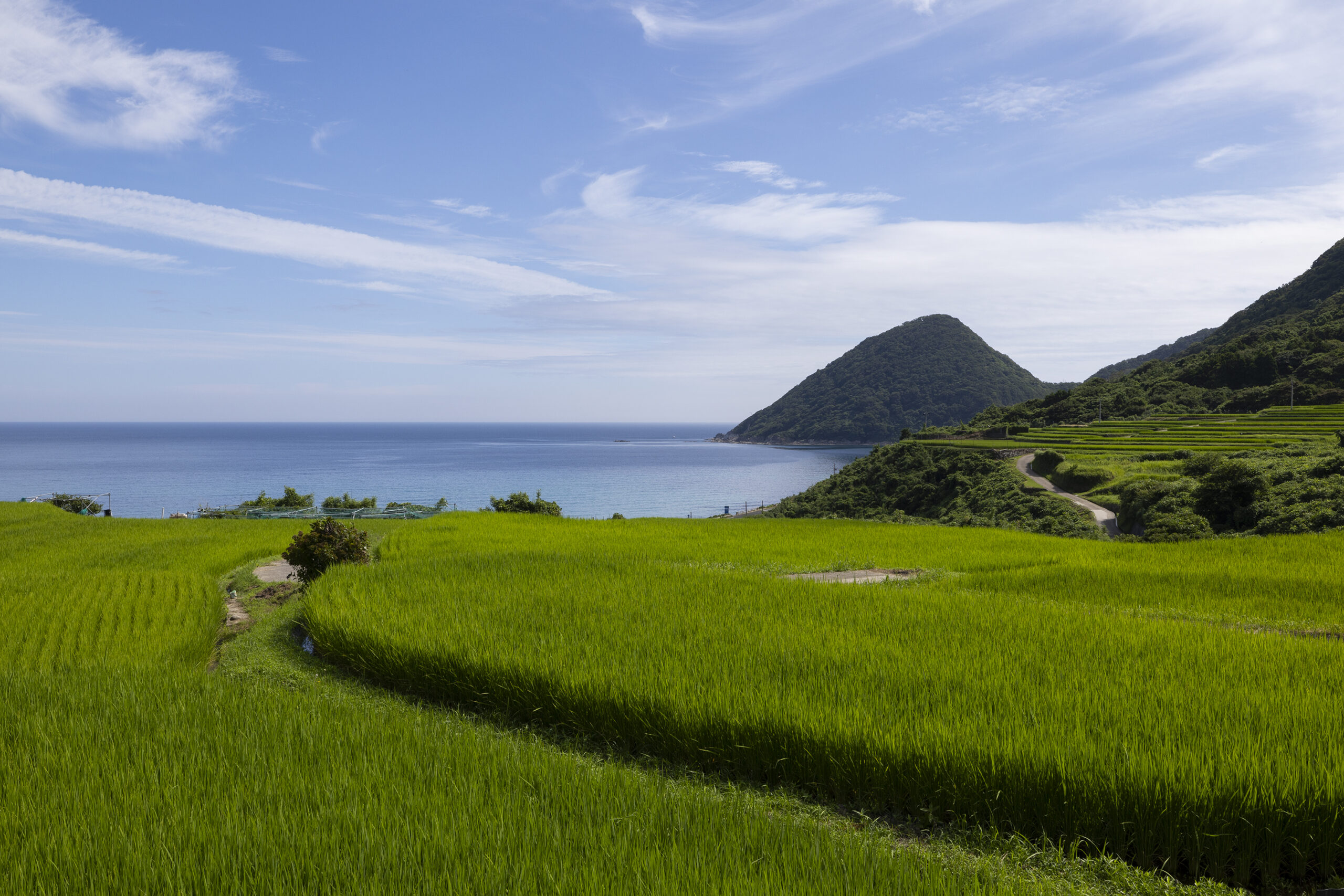
TOMORROW FIELD is project that questions the role of the arts in the future and one that yearns for the arts to be a generating force of peace among world citizens.
TOMORROW FIELD is a practice that starts with touching the soil as a way of saying a prayer. We hope that our small attempt to create a model for a society immersed in art and agriculture will spread from our small field in Japan throughout the world.
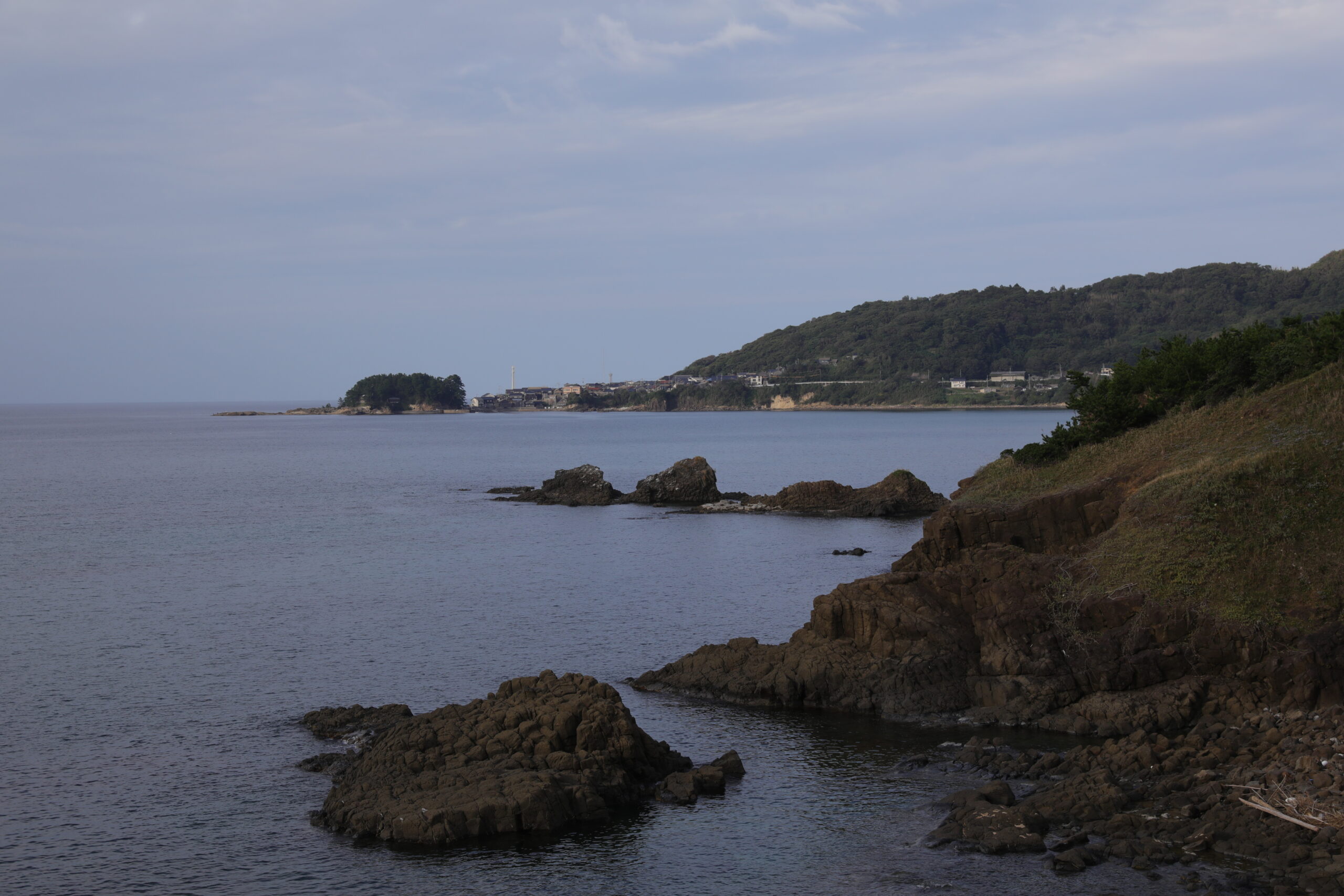
The Path to Taiza
There’s no textbook explaining how to convey the spirit of art. I felt that it was my responsibility, my mission, to create something that would be valued and loved twenty years or fifty years from now, to create a place where people come together, share experiences, and work. Partnering with the next generation, who hold the future in their hands, we sought to create a setting that displays the natural beauty of Japan―a place rooted in history, so livable and vibrant it evokes the earliest stages of Japanese culture.
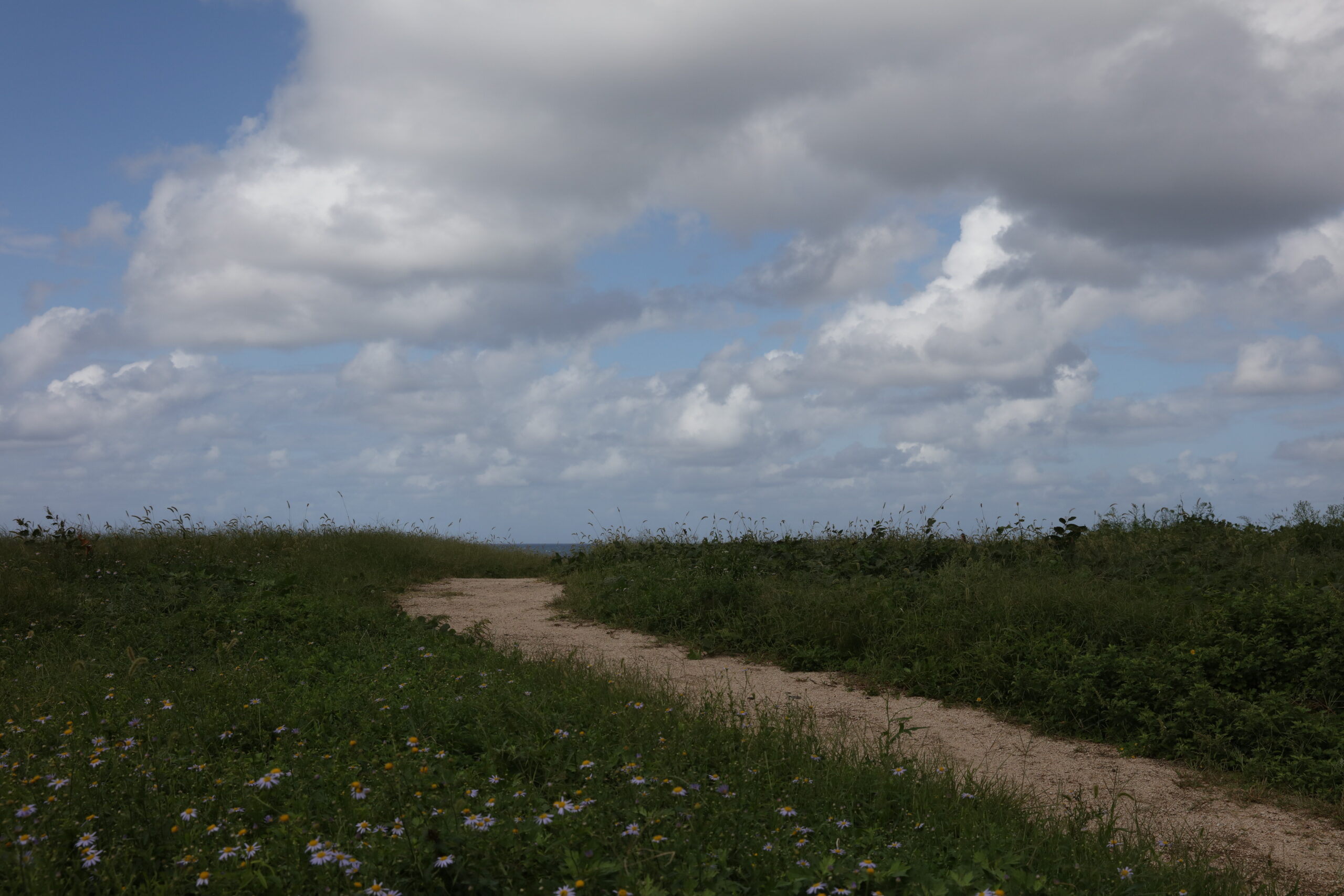
Starting in Kyoto, I traveled around Nara, Wakayama, Mie, and Shiga, searching high and low for the ideal location, until the summer of 2020, when I visited the Onaru Ancient Burial Mounds on the northern coast of Kyoto. These stone tombs could be as old as the fifth century. Set up to face the ocean, these carefully built crypts of bare volcanic rock transport you to a time, deep in the past, when funerals were held facing the sea and the loved ones of the departed wished them a peaceful journey through the afterlife.
Considering what would be involved in sustaining human life on earth, as well as what needs to be done to preserve our sky, our seas, our mountains, and ensure a safe environment for the children of tomorrow, which naturally led to the creation of Tomorrow Field. For art to inhabit our societies, we need villages that cultivate a sense of the sublime.
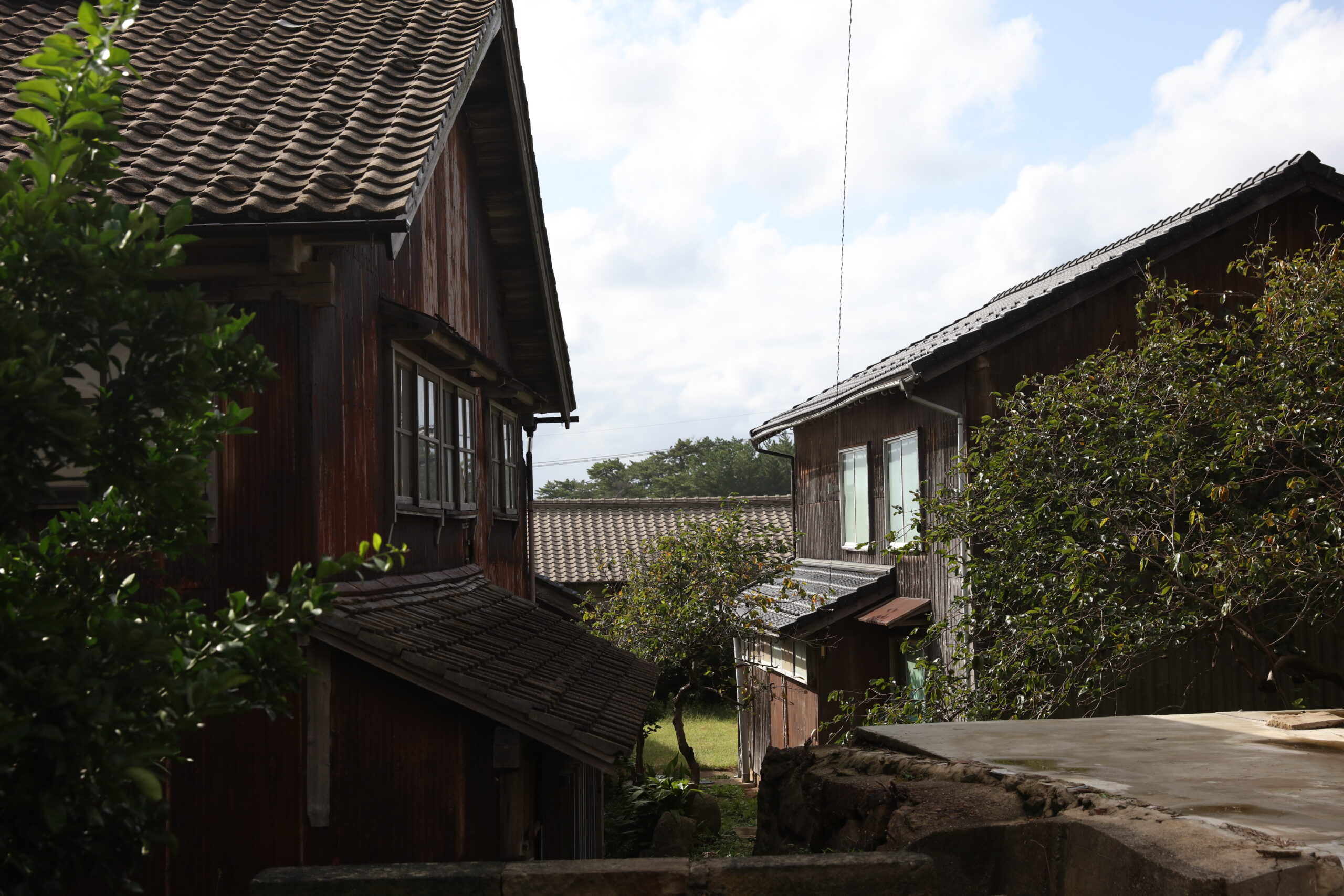
As if to tell us that the sky and ocean hear our prayers, the waves lap against the shoreline, only to recede. When I visited this coastal village, known as Taiza, with my young colleague Shunya Hashizume, who is still in his twenties, our intuition told us that this place has everything essential to art, that this was the source of everything.
Kayo Tokuda
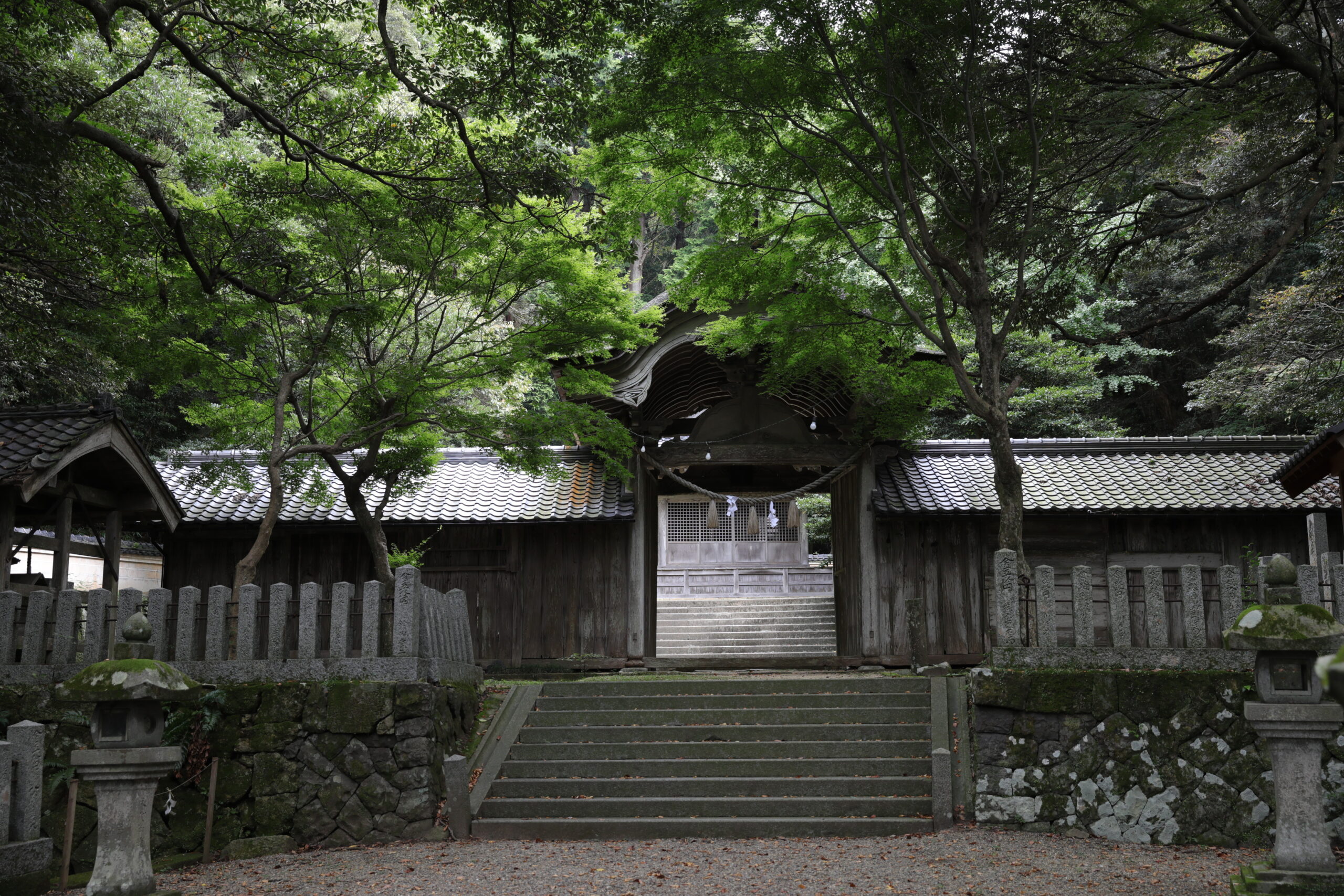
History
There are many myths and folklore in the Tango Peninsula. The name “Taiza” comes from the legend in the 6th century that Empress Hashihito, the birth mother of Prince Shotoku, fled to this area to avoid religious wars in the capital, Yamato, and later returned to Yamato, hence the name “Taiza” meaning leaving her throne. There is also a story about Prince Shotoku’s half-brother, King Maroko’s extermination of three ogres.
In Ine Town, famous for its boathouses, the legend of Xu Fu has been handed down, and the Tango Peninsula is home to some of the largest ruins and burial mounds on the sea side. Many artifacts excavated from the island, including Japan’s oldest mirror, crystal balls, glassware, and many other artifacts by people who came to Japan, indicate that there was a powerful force in Tango Province.
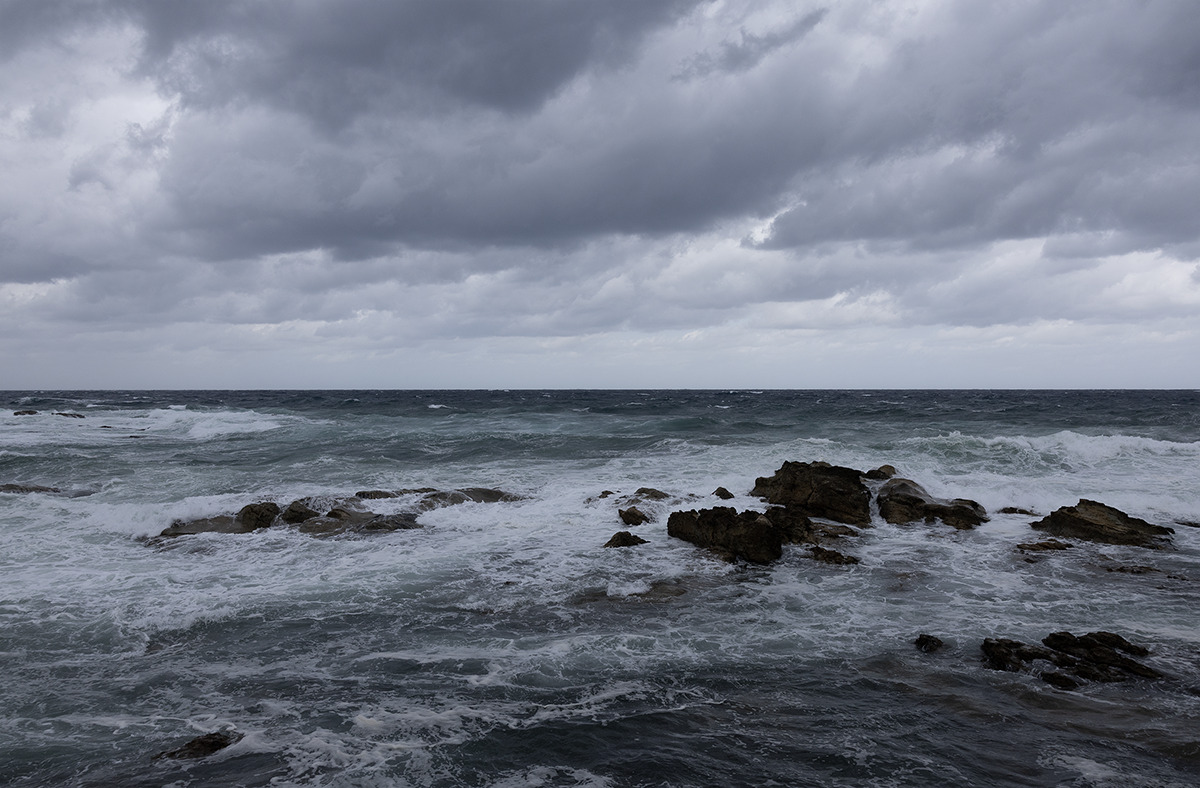
Food
The Tango Peninsula is rich in traditional fermented fish products such as “Heshiko” and other fish products, seaweed, and seafood such as Taiza crab, which is attracting attention for its connection with health and longevity.
Rice, sake, organic vegetable cultivation, and dairy farming are also thriving, and many tourists from around the world visit the area for its food, such as at the restaurant Nawaya, where local ingredients are prepared in creative ways.
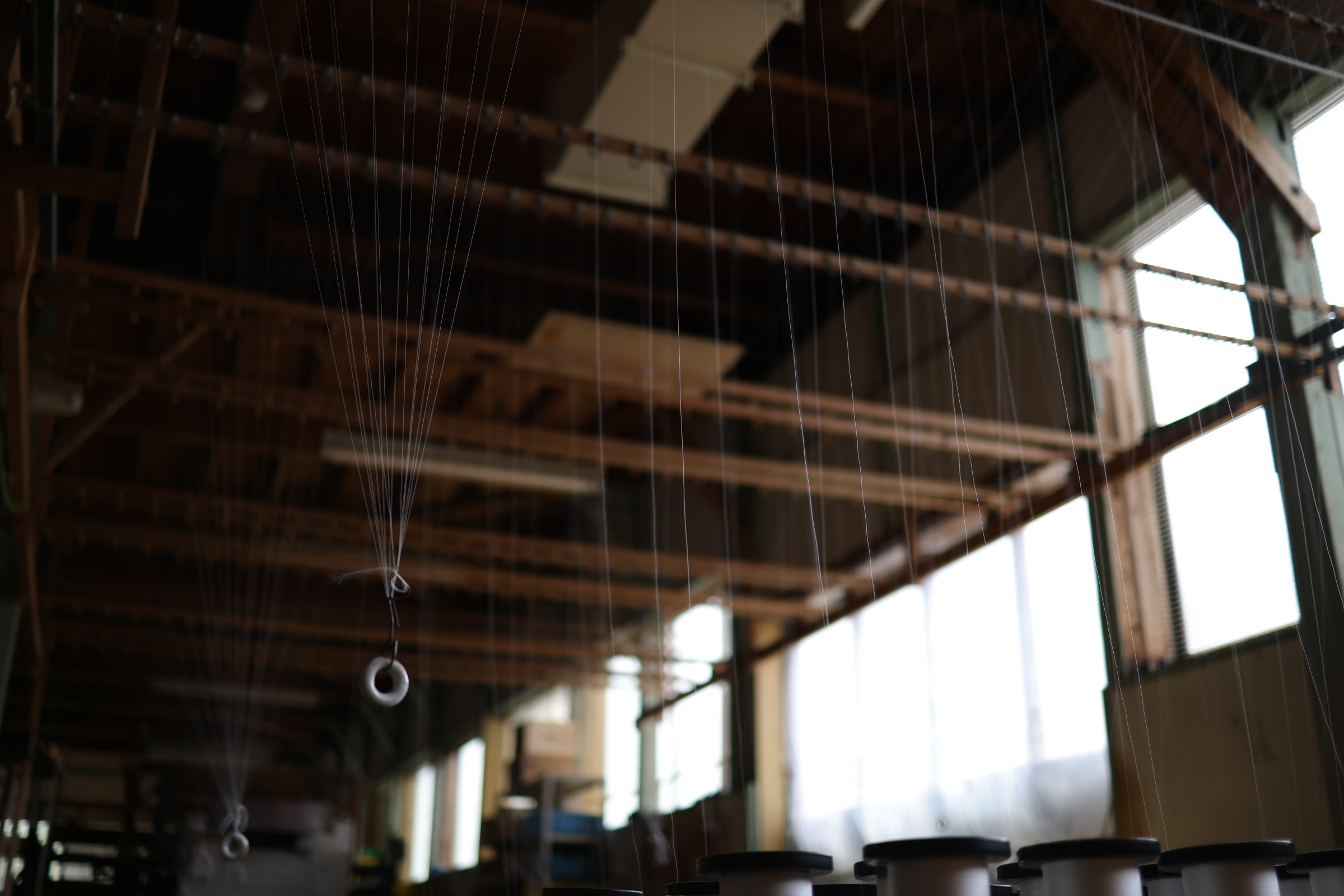
Tango Chirimen
Tango has long been a village of textiles, and Tango chirimen silk fabric, which originated during the Edo period, has supported Japan’s kimono culture as a representative fabric for yuzen dyeing and other kimono fabrics because of its suppleness and excellent dye-ability. Tango has been nurtured as the largest silk production area in Japan, which still produces about 60 percent of kimono fabrics, thanks to the compact concentration of mountains, rivers, and the sea, good quality water flowing through Tango, and moderate humidity throughout the year.
As each weaver develops his or her own unique style, world-class brands are utilizing Tango’s fabrics, and many fields and products are expanding beyond the conventional boundaries of kimono.
